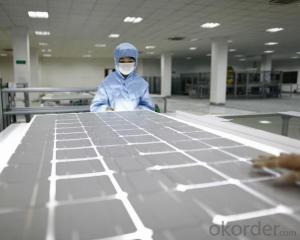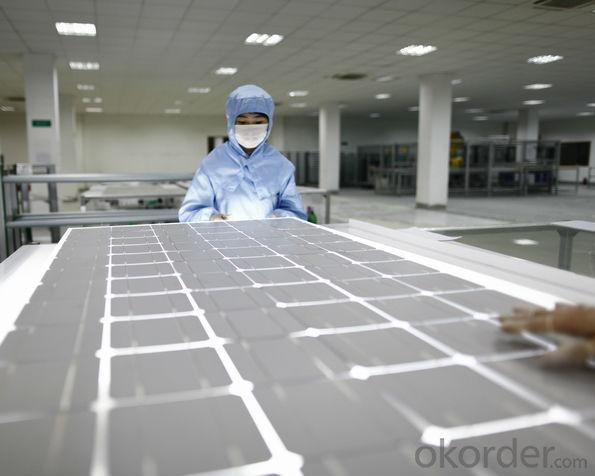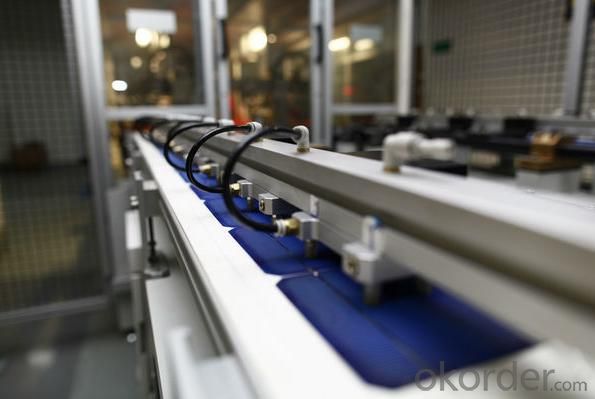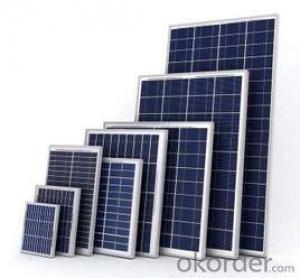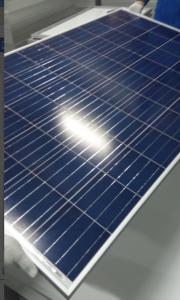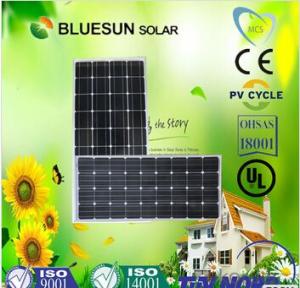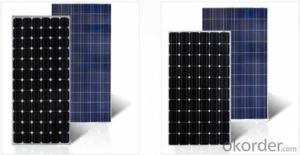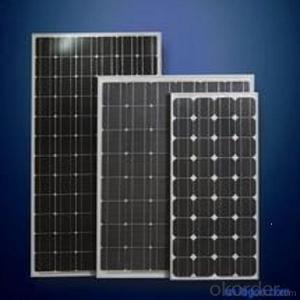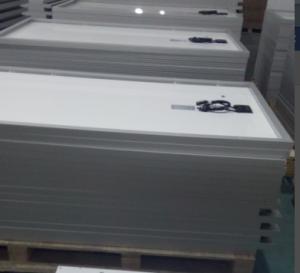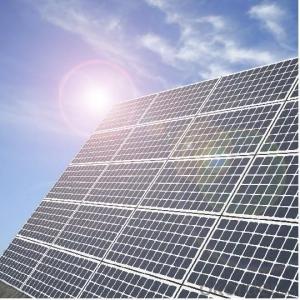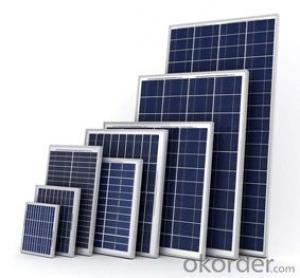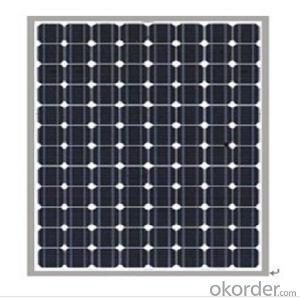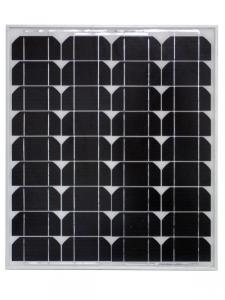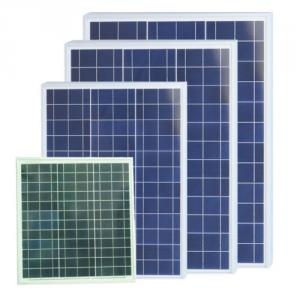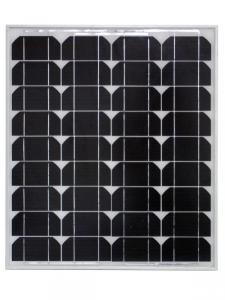New Gen Solar Panels: 250W-260W Polycrystalline Solar Panel with All Certificates
- Loading Port:
- Shanghai
- Payment Terms:
- TT OR LC
- Min Order Qty:
- 312 pc
- Supply Capability:
- 100000 pc/month
OKorder Service Pledge
OKorder Financial Service
You Might Also Like
Specification
250W 260W Poly Panel for Solar System with all Certificate
MANAGEMENT SYSTEM
ISO 9001: Quality management system
ISO 14001: Standard for environmental management system
OHSAS 18001: International standard for occupational health and safety assessment system
Safety
1. salt mist corrosion (IEC61701, tested in Intertek)
2. ammonia corrosion (IEC62716, tested in TÜV SÜD)
3. fire risk (Class C, tested in TÜV SÜD and Rheinland)
Reliability
1. PID free products, passing TÜV SÜD system voltage durability test
2. World 1st company to pass “Thresher Test” and “On-site Power Measurement Validation” certificate
3. Bankable products
Performance
1. Advanced glass and solar cell surface texturing allow for excellent performance in low-light environments
2. 100% In-line Electroluminescence (EL) tested during production process ensures modules are high quality
3. Top rank in Photon yield measurement
Electrical Characteristics
Electrical Characteristics
STC: lrradiance 1000 W/m2 module temperature 25OC AM=1.5;
Power measurement tolerance: +/-3%
SRP-250-6PB SRP-255-6PB SRP-260-6PB SRP-265-6PB Unit
Rated Power at STC (Pmp) W
Power Tolerance W
Maximum Power at STC W
Minimum Module Efficiency (ηm) %
Open Circuit Voltage (Voc) V
Short Circuit Current (Isc) A
Maximum Power Voltage (Vmp) V
Maximum Power Current (Imp) A
Maximum System Voltage 1000 (TÜV), 600 (UL) V
Maximum Series Fuse Rating 15 A
Temperature Characteristics
Pmax Temperature Coefficient -0.42 %/°C
Voc Temperature Coefficient -0.32 %/°C
Isc Temperature Coefficient +0.04 %/°C
Operating Temperature -40~+85 °C
Nominal Operating Cell Temperature (NOCT) 45±2 °C
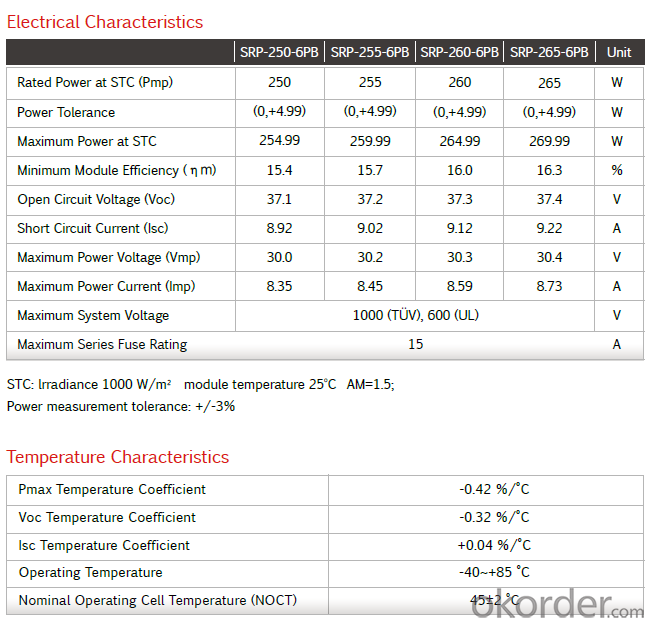
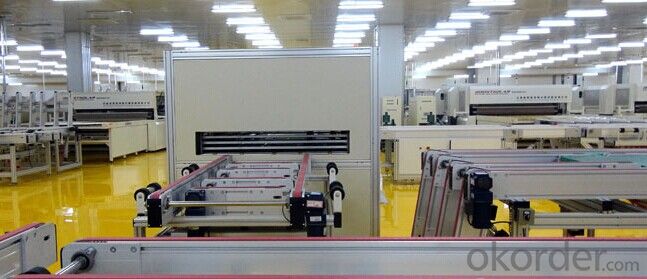
FAQ about Monocrystalline Solar Panel
1. Q: How do I pay for my purchase order?
A: T/T, L/C at sight
2. Q: How can I get sample and how long will it takes?
A: Sample fee will doutbed, but we will return the extra money after you place an order to us, It usually takes 1-3days to produce a sample.
3. Q: What's the MOQ?
A: Depend customer's demand.
4. Q: What's the time delivery?
A: It will take about 5-10 days to finish an order. But the exact time is according to actual situation.
5. Q: Can I have my own customized product?
A: Yes, your customized requirements for color, logo, design, package,shipping marks etc are available.
6. Q: Do you have quality control?
A: Yes, we take great control of the quality.
7. Q:How about the quality?
A: 10-25 Years.
- Q: What do I need to use this as a battery charger
- I hope this will help you choose your charge controller / battery charger more effectively. Good luck!
- Q: Can solar panels be used for outdoor lighting?
- Yes, solar panels can be used for outdoor lighting. Solar-powered outdoor lighting systems use panels to convert sunlight into electricity, which is stored in batteries and used to power the lights during the night. This makes them a sustainable and eco-friendly option for illuminating outdoor spaces.
- Q: I really would like to have my own solar panel, but i don't know how. Most of the panels i have looked at are for car batteries but i'm not sure how this would be able to be transfered into electricity. I'm looking to power things like lamps, a stereo and various chargers for phones and ipods. Please explain to me how i could adapt a solar panel to my uses. Thank you.
- Sounds okorder .. I've seen the particular device listed there. While the lamp is mediocre for an LED light source, the panel is excellent - real polysilicon wafers, in an aluminum frame. Same construction as the kind of panels in commercial installations.
- Q: Do solar panels produce noise?
- No, solar panels do not produce noise as they generate electricity without any moving parts.
- Q: How do solar panels affect the homeowner's insurance policy?
- Solar panels can have an impact on a homeowner's insurance policy as they are considered an additional structure or improvement to the property. While they may increase the overall value of the home, they also introduce potential risks such as damage from storms or accidents. Homeowners should inform their insurance provider about the installation of solar panels to ensure adequate coverage and potentially adjust their policy accordingly.
- Q: Can solar panels power an entire home?
- Yes, solar panels can indeed power an entire home. With advancements in technology and improved efficiency of solar panels, it is possible to generate enough electricity to meet the energy demands of a typical household. Additionally, by installing a battery storage system, excess energy generated during the day can be stored and used during nighttime or cloudy periods, ensuring uninterrupted power supply.
- Q: Can solar panels be installed on military bases or installations?
- Yes, solar panels can be installed on military bases or installations. In fact, many military bases around the world have already incorporated solar energy as a part of their sustainability initiatives. Installing solar panels on military bases not only helps reduce their reliance on traditional energy sources but also enhances their energy security and resilience.
- Q: I have a 2V .5W solar panel and I want to get a battery that can be charged by the solar panel that can then be used to power a 2V .5W fan. Ideally I want all the components to be connected and able to run without interaction. I have very little knowledge in regards to this field which is why I have come to yahoo answers. Any help would be greatly appreciated.
- .5 Watt Solar Panel
- Q: I have a building company in UK and am interested in becoming a solar panel installation contractor
- Every single solar system will have to be put on every roof by people. Of course much of the processes used installation are designed to be as pain free and trouble free (and therefore as inexpensive) as possible but in a typical British street of semi detached houses built in the 930s you could find as many different plumbing and heating systems as there are houses, so you will never be able to remove the human installation element.
- Q: Can solar panels be used for powering electric gates?
- Yes, solar panels can be used to power electric gates. Solar panels convert sunlight into electricity, which can be used to operate various electrical devices, including electric gates. This renewable energy source is an environmentally-friendly and cost-effective solution for powering gates in remote or off-grid locations.
Send your message to us
New Gen Solar Panels: 250W-260W Polycrystalline Solar Panel with All Certificates
- Loading Port:
- Shanghai
- Payment Terms:
- TT OR LC
- Min Order Qty:
- 312 pc
- Supply Capability:
- 100000 pc/month
OKorder Service Pledge
OKorder Financial Service
Similar products
Hot products
Hot Searches
Related keywords
